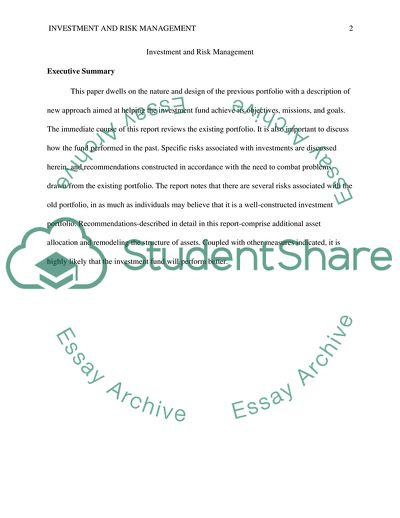Cite this document
(Risk Management and Investment Coursework Portfolio Essay - 1, n.d.)
Risk Management and Investment Coursework Portfolio Essay - 1. https://studentshare.org/finance-accounting/1822904-risk-management-and-investment-coursework-portfolio
Risk Management and Investment Coursework Portfolio Essay - 1. https://studentshare.org/finance-accounting/1822904-risk-management-and-investment-coursework-portfolio
(Risk Management and Investment Coursework Portfolio Essay - 1)
Risk Management and Investment Coursework Portfolio Essay - 1. https://studentshare.org/finance-accounting/1822904-risk-management-and-investment-coursework-portfolio.
Risk Management and Investment Coursework Portfolio Essay - 1. https://studentshare.org/finance-accounting/1822904-risk-management-and-investment-coursework-portfolio.
“Risk Management and Investment Coursework Portfolio Essay - 1”. https://studentshare.org/finance-accounting/1822904-risk-management-and-investment-coursework-portfolio.


